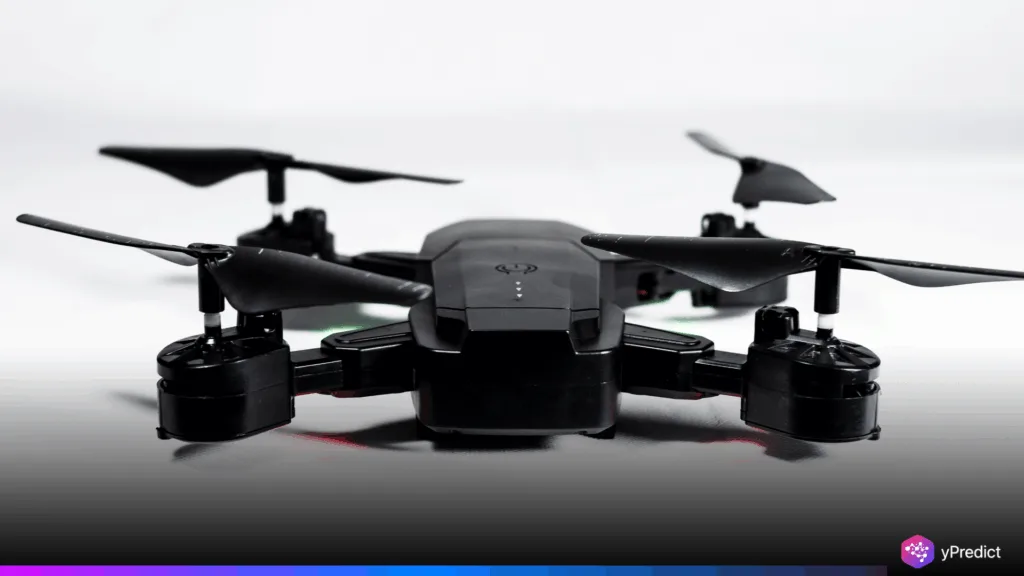
Thanks to a $50 million agreement involving the United States Department of Defense and a US-German technology company, Ukraine is receiving an immediate, transformative supply of AI-driven strike kits. This is the first installment of military aid to improve Ukraine’s frontline capabilities against Russia’s increasingly aggressive drone assaults.
These kits will help Ukraine take up thousands of manually operated UAVs, mostly civilian-grade, and convert them to advanced autonomous drones. These upgrades will provide Ukraine’s forces with high-precision strikes with no need for manual operators. This marks a significant advance in warfare towards smarter, faster, and more flexible operations. What may seem like a minor improvement in capabilities in a theater of warfare dominated by unmanned systems, will nonetheless likely be a pivotal moment that shifts the trajectory of the conflict.
What Are These AI Strike Kits and How Do They Work?
The core of this technology lies in the Skynode mini-computers embedded in the strike kits. These compact systems come with a camera and radio module. Once attached, they allow a basic UAV to track and strike moving targets up to half a mile away , all while remaining jam-proof.
Auterion’s CEO Lorenz Meier confirmed the system’s sophistication during an interview with Financial Times. He said the drones, once fitted with the kits, can operate independently, no longer vulnerable to electronic warfare that jams communications. In short, the battlefield operator is now software, not a soldier.
Why This Move Is a First for Defense Tech
Meier highlighted that this scale of deployment is “unprecedented” for the company. While Auterion’s software already supports Ukrainian drones, this order is ten times larger than previous shipments. “So we’ve shipped thousands and we’re now shipping tens of thousands,” he said.
According to Meier, Auterion’s strength lies in software-defined warfare. The company designs systems that plug into a drone warfare ecosystem already hardened in Ukrainian battles. This cooperation is not just about aid , it’s also about NATO and allied forces studying battlefield-tested technologies from Ukraine for future integration.
Strategic Timing and the Bigger Deal Behind the Kits
The AI strike kits are separate from another massive deal announced recently by President Zelensky. That agreement sees Washington purchasing between $10 and $30 billion worth of Ukrainian-made drones. In return, Ukraine commits to acquiring more American-made weapons.
These parallel tracks , drone exports and hardware imports, signal Ukraine’s dual strategy: enhance domestic drone manufacturing while reinforcing ties with NATO-aligned defense networks. The AI-powered strike kits are a central piece in this puzzle.
A Technological Response to Russia’s Drone Expansion
Russia’s increased use of Shahed drones has severely tested Ukrainian air defenses. The autonomous nature of these new drones gives Ukraine a counter-edge. Unlike manned systems, AI drones do not tire, hesitate, or fear jamming. They operate with one goal: hit the assigned target with precision.
The battlefield is becoming a contest of AI, not just firepower. These kits don’t just enhance Ukraine’s capabilities, they offer NATO a window into future conflict technologies where AI takes over key decision points in real time.
What This Means for the Future of War
Auterion’s CEO made it clear: Ukraine’s war-tested drones are shaping the next wave of military tech. The kits combine battlefield experience with Silicon Valley-grade innovation. NATO, the Pentagon, and European allies are watching closely.
As Ukraine deploys tens of thousands of autonomous drones outfitted with smart systems, a new era begins. The defense industry is now shifting from bulk hardware to smart, agile platforms that adapt and respond faster than humans ever could.






